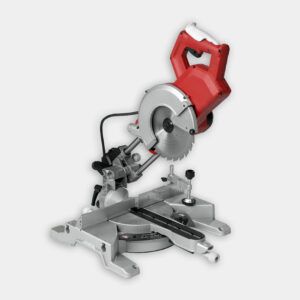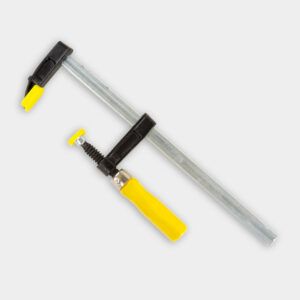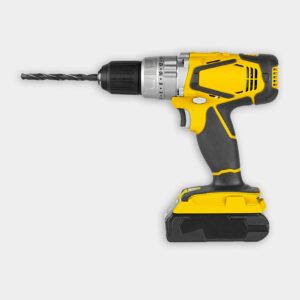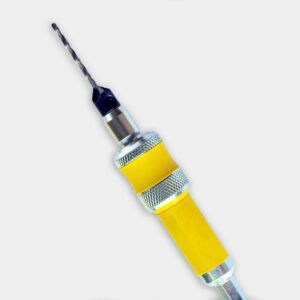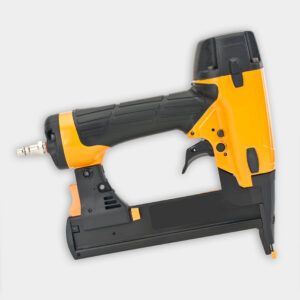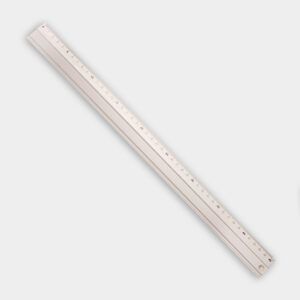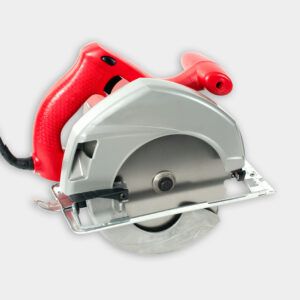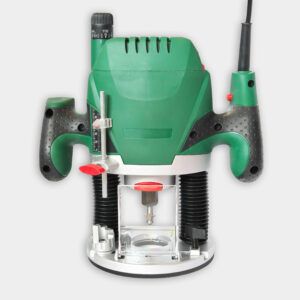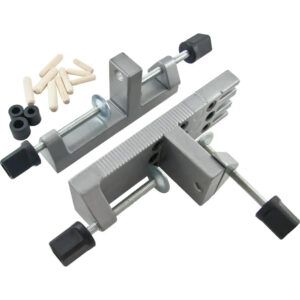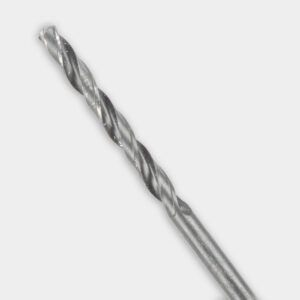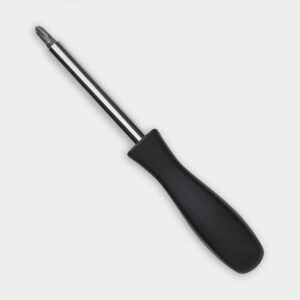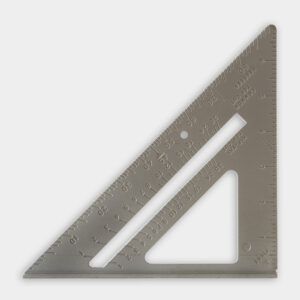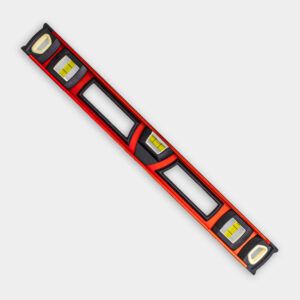The Murphy bar is an innovative outdoor furniture piece that combines functionality with space-saving design. This fold-down cabinet mounts on an exterior wall and features a drop-down door that serves as a sturdy work surface, perfect for mixing drinks and preparing snacks during outdoor gatherings. Made from naturally rot-resistant cedar, it is durable and food-safe. In the video above, This Old House contributor Christopher Beidel—who owns Pernt, a handmade furniture studio in New York—shows us how to build this clever addition to any outdoor entertaining space. You can also find more tips on customizing and maintaining your new Murphy bar in this guide.
Materials and Tools Needed
You’ll need the following materials and tools for your Murphy bar project:
Materials
- Brad nails (1 1/4-inch and 1 1/2-inch)
- Brass screws (5/8-inch)
- Cedar boards (1×4, 1×8, 1×10, and 5/4×4)
- Deck screws (1 1/4-inch)
- Hinges
- Latch hardware
- Quick Links
- Shutter pulls
- Stainless steel chain
- Wood glue
Tools
- Bar clamps
- Bevel gauge
- Brad nailer
- Circular saw
- Doweling jig (3/8-inch)
- Drill/driver with countersink bit
- Level
- Miter saw
- Rafter square
- Router with 3/4-inch straight-cut bit
- Straightedge
Murphy Bar Cut List
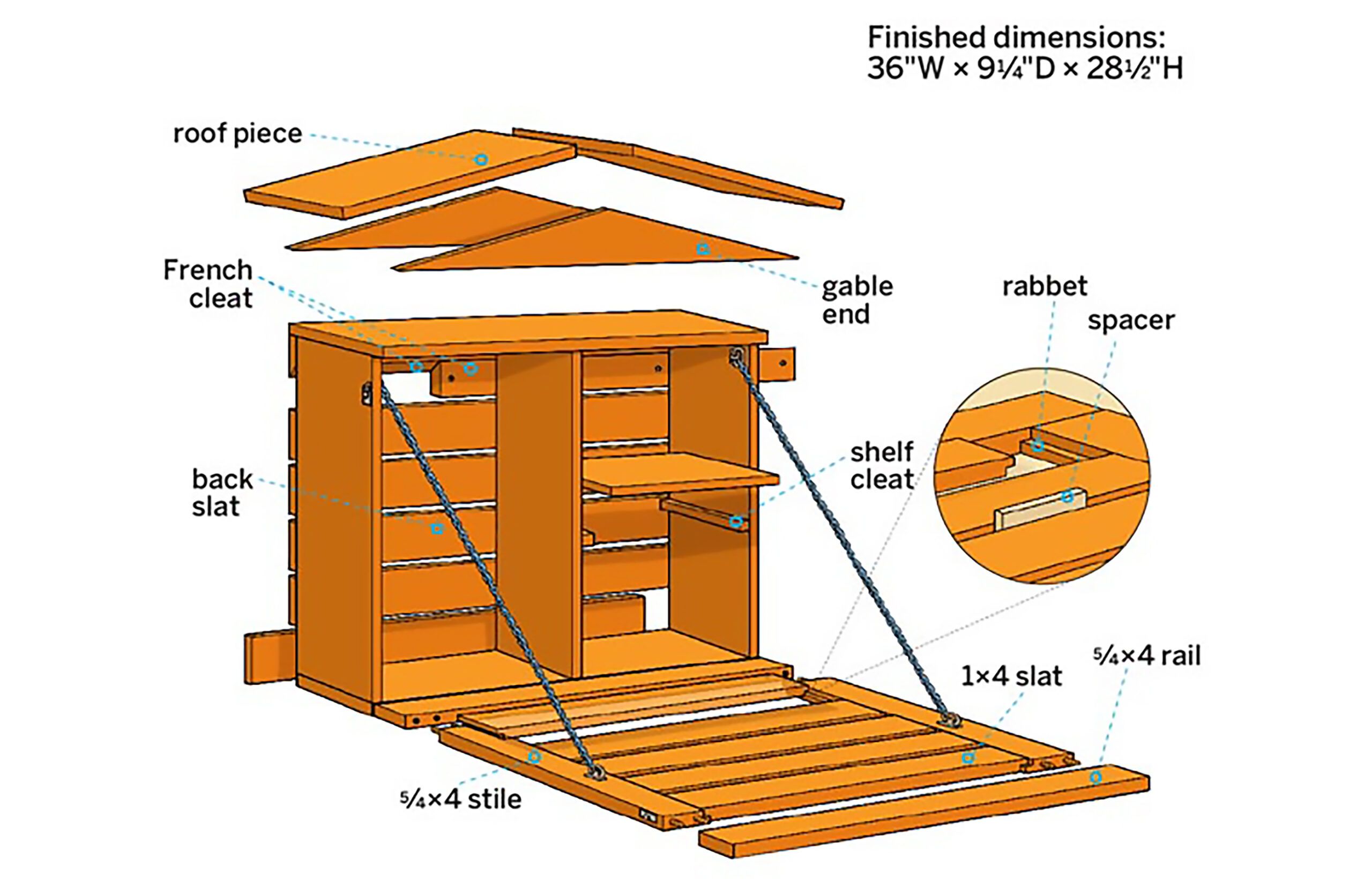
We’ve outlined the cut list for your cedar boards below:
- Four 29-inch 1×4 cedar door slats (cut to fit)
- One 16 7/8-inch 1×8 cedar shelf
- One 36-inch 1×8 cedar box bottom
- One 36-inch 1×10 cedar box top
- Six 36-inch 1×4 cedar back slats
- Three 22-inch 1×8 cedar box vertical pieces
- Two 7 1/4-inch shelf cleats cut from 3/4-by-3/4-inch cedar (ripped from 1×8 scraps)
- Two 15 1/4-inch 5/4 x 4 cedar doorframe stiles
- Two 22-inch 1×10 cedar roof pieces
- Two 36-inch 1×8 cedar gable ends
- Two 36-inch 5/4 x 4 cedar doorframe rails
Steps for Building a Murphy Bar
Now that you’ve gathered your tools and materials, use our 16-step guide below to assemble and install your Murphy bar.
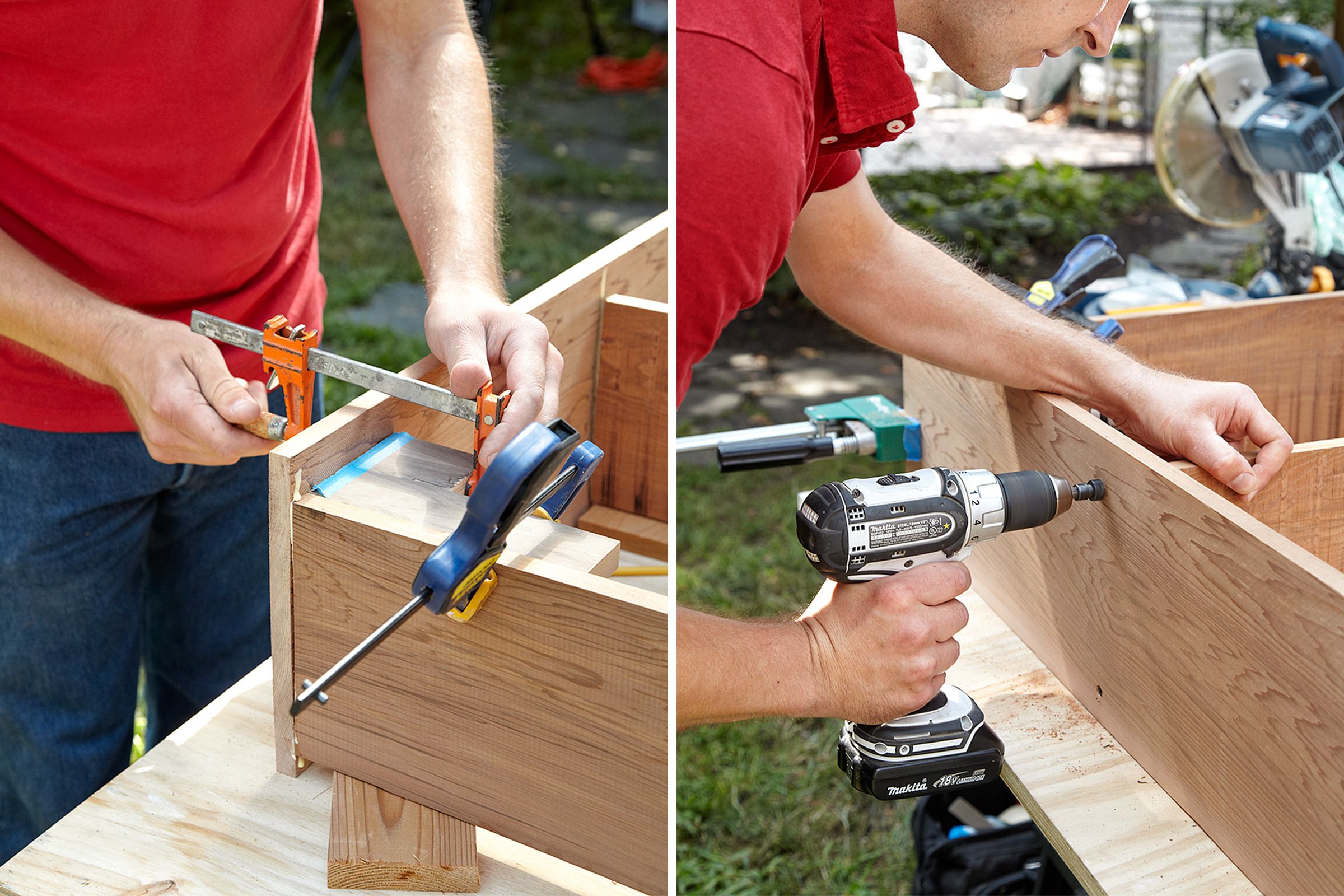
Step 1: Assemble the Box
- On a miter saw, crosscut all the pieces—save for the door slats—according to the cut list.
- Cut four L-shaped blocks from scrap with right angles to help clamp the corners.
- Arrange the cabinet pieces with the sides and vertical divider captured by the top and bottom. They’re all 1×8s except for the top, which is made of a 1×10 to overhang the back slats and the closed door.
- Apply glue to the bottom ends of the vertical pieces and clamp the bottom piece in place with your L-shaped blocks.
- Rest this assembly on 3/4-inch spacers to create the overhang for the top. Then, glue and clamp the top in place as shown.
Step 2: Screw the Box Together
- Use a drill/driver and a countersink bit to make two pilot holes in each of the six butt joints, as shown.
- Secure the joints with 1 1/4-inch deck screws.
- To make the shelf, apply glue to the shelf cleats and use a brad nailer and 1 1/4-inch brad nails to tack them in place halfway up the right-hand compartment.
- Tack the shelf to the cleats.

Step 3: Lay Out the Gable Ends
- To lay out the triangular gable ends for the roof, set a bevel gauge to 12 degrees and mark the angle at the bottom corners of the 1×8 blank.
- Use a straightedge to extend the angle lines until they cross, forming the gable’s peak.
Step 4: Cut the Gable Ends
- Stack the marked board on top of the other blank to get identical pieces from one cut.
- To set up the straightedge, first measure the distance from the circular saw blade to the closest edge of the shoe.
- On the board, draw a parallel line at that distance outside the cutline and clamp the straightedge along the line.
- Adjust the blade depth to reach through both boards and run the shoe along the straightedge to make the cut.
- For now, hold on to the cutoff pieces.
Step 5: Cut the Roof Pieces
The roof consists of two pieces cut at 12-degree angles where they meet at the peak. It’s easiest to use a dual-compound miter saw, but you can make the cuts with a circular saw as follows:
- Set a bevel gauge to 12 degrees and mark that angle on the short edge of the board.
- By eye, adjust the blade angle to that mark and lock the shoe in place.
- Clamp one roof blank hanging off your work surface and crosscut the end as shown.
- Repeat this process for the other roof board.
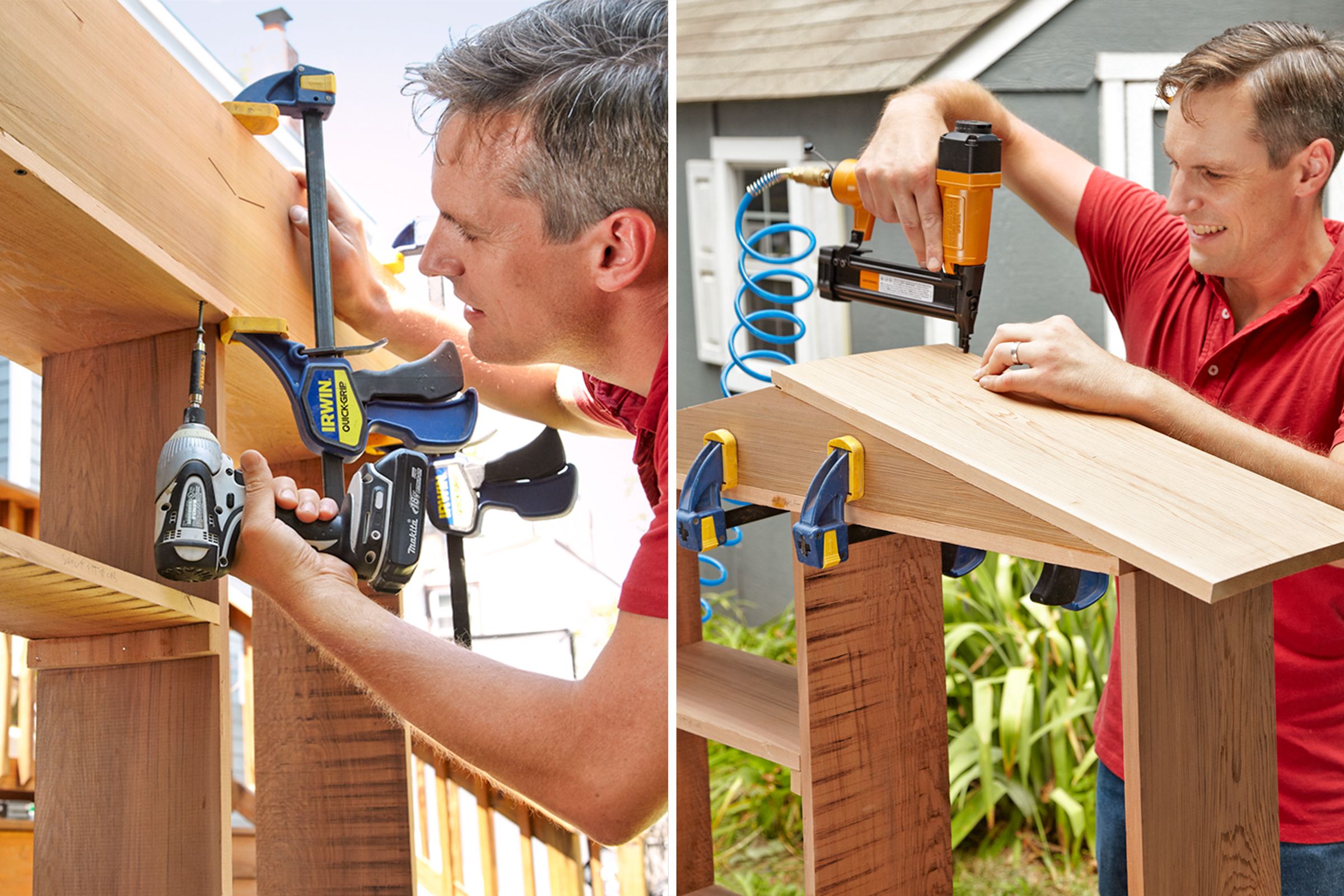
Step 6: Attach the Gable Ends
- Apply glue to the bottom edge of a gable end and stand it on top of the box, flush with the outer edge of the top piece.
- Nest the V-shaped cutoff piece from Step 2 on the peak to help clamp the gable end in place, as pictured.
- Countersink pilot holes up through the top piece and into the glued edge of the gable end.
- Use 1 1/4-inch deck screws to secure the pieces as shown. Remove the clamps and install the other gable end.
Step 7: Install the Roof
- Apply glue to the sloping edges of the gable ends.
- Set the roof pieces in place so that the beveled ends meet neatly at the peak.
- Secure them with 1 1/4-inch brad nails as shown.
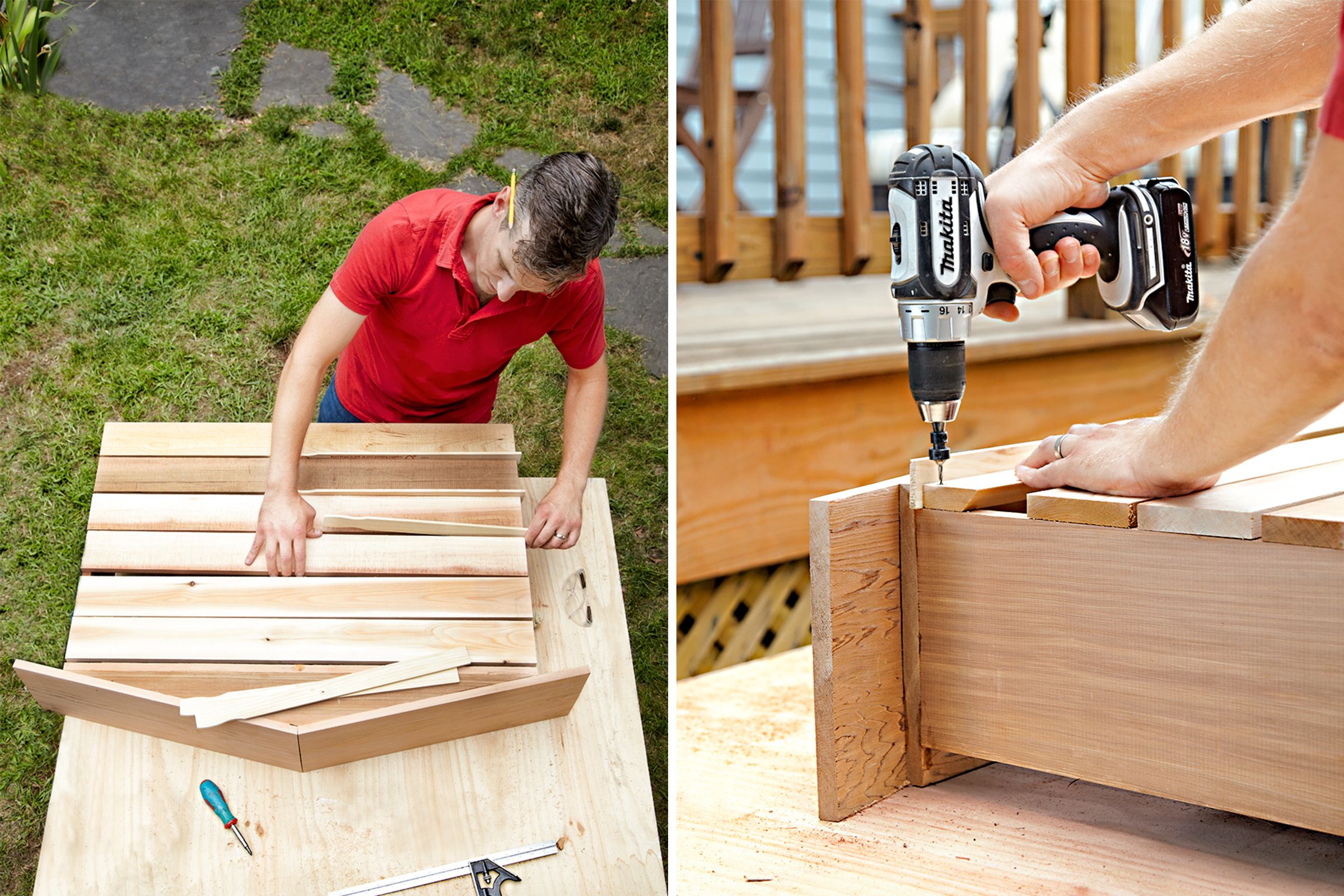
Step 8: Lay Out the Back
- The back slats give the box lateral strength and the topmost piece doubles as half of the French cleat, which allows you to mount the box on the wall.
- Place the first slat flush with the bottom edge of the box, then use spacers (Beidel uses large paint stirrers) to create even gaps between each slat.
- Use a brad nailer and 1 1/2-inch brads to tack all but the top slat into the box’s edges.
Step 9: Make the French Cleat
- Mark a cutline on the top slat face 1 3/8 inches from an edge.
- Clamp the board to your work surface, set your circular saw blade to 45 degrees, and orient the saw with the blade angling toward the center of the board. Rip along the cutline.
- Position half of it as the top slat, with the bevel facing in and pointing down. Countersink pilot holes as shown and secure the top slat with two 1 1/4-inch deck screws at each end.
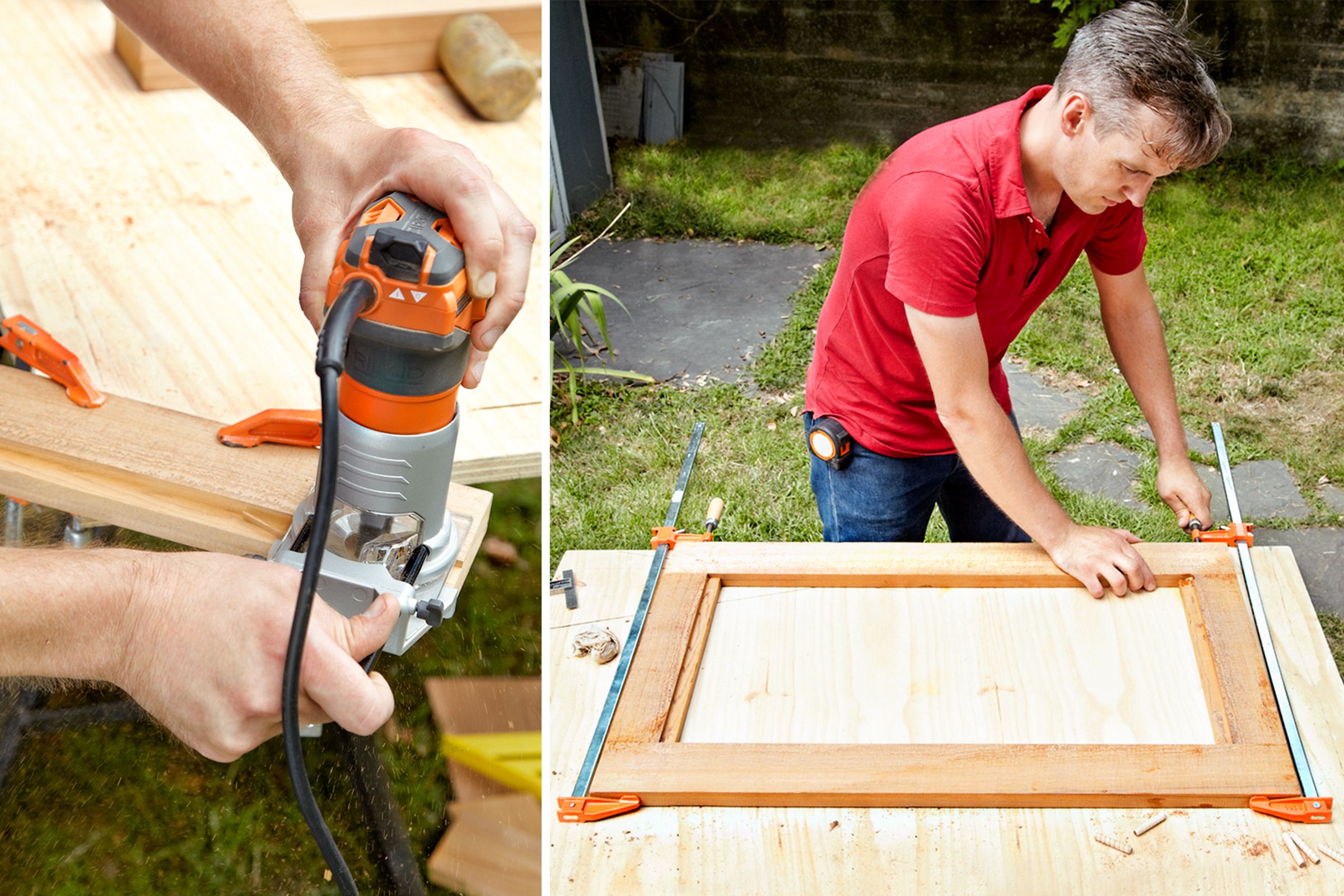
Step 10: Rout the Rabbets
The doorframe is made from 5/4×4 boards, with the two stiles routed to create a sturdy half-lap joint with the thinner 1×4 inset slats. Here’s how to do this:
- Clamp one of the stiles to your work surface as shown.
- Chuck a 3/4-inch straight-cut bit in your router and set the fence to keep the cut at that width.
- For the depth, start at 1/8 inch and make several passes, adjusting the bit until the channel is 3/8 inch deep.
Step 11: Drill the Dowel Holes
- Clamp one stile and a 3/8-inch doweling jig to your work surface as shown.
- Using a 3/8-inch twist bit, drill two holes 1 inch deep to accept the wood dowels.
- Repeat the process on the other end and on the other stile, keeping the jig flush with the unrouted edge.
- Make matching holes on the rails by clamping the jig flush at each end of a rail and drilling a pair of holes into the inside edge.
Step 12: Assemble the Frame
- Apply glue to one end of the dowels and insert these into the holes in the stiles.
- Apply glue to the exposed ends of the dowels.
- Fit the rails and stiles together and clamp them into a frame as shown.
- Before tightening the clamps, use a rafter square to ensure each corner is 90 degrees.
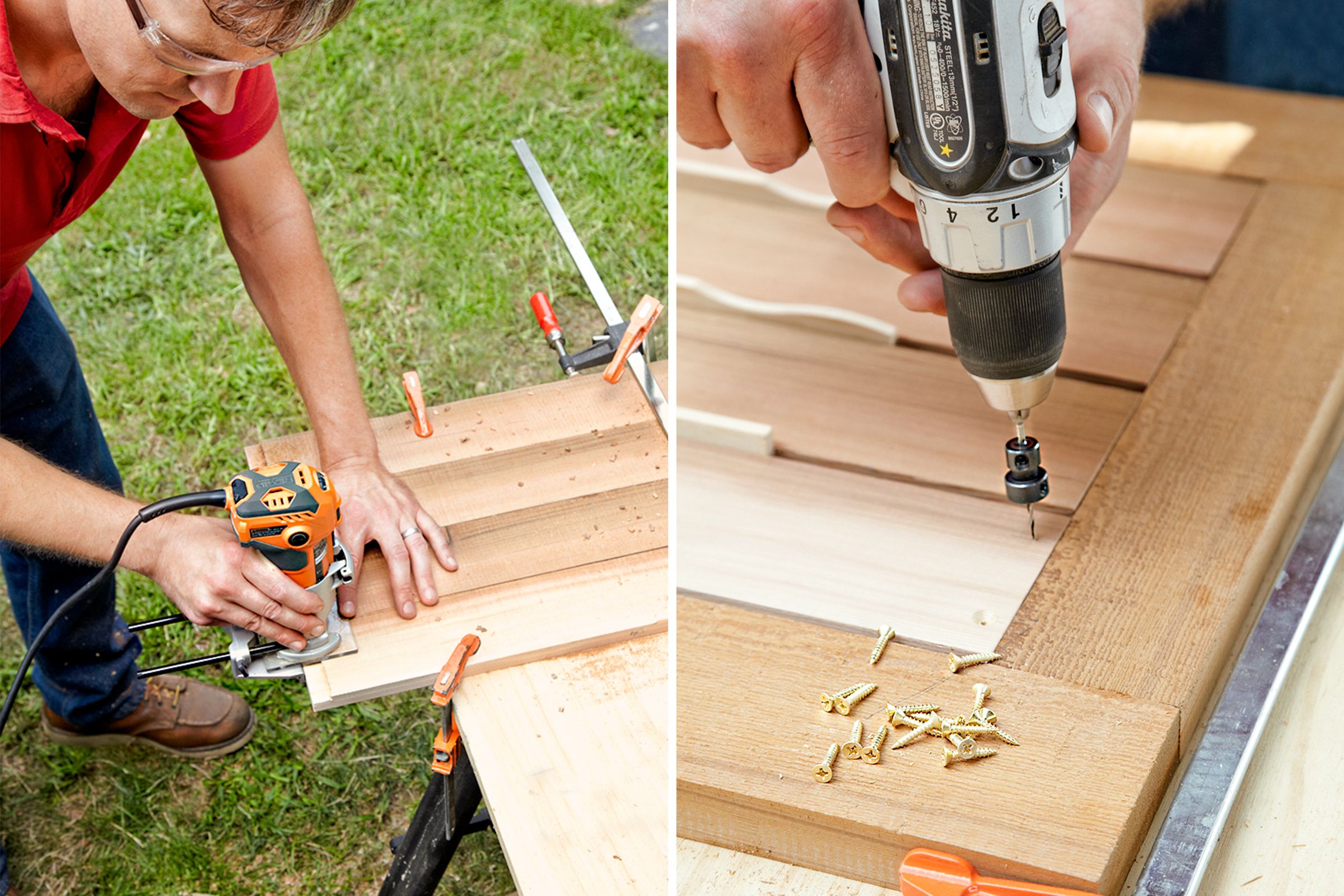
Step 13: Rout the Inset Slats
Next, you’ll need to rout the ends of the inset slats to complete a half-lap joint with the stiles as follows:
- Measure and cut the slats to fit between the stiles’ routed edges.
- Clamp the four slats together edge to edge and clamp the assembly to your work surface.
- With the same router bit, create a 3/4-inch-wide by 3/8-inch-deep rabbet across both ends of the assembly.
Step 14: Attach the Slats to the Frame
- Lay the slats into the frame, rabbet to rabbet, and use spacers to keep them a uniform distance apart.
- At the end of each slat, countersink two pilot holes through the face and into the half-lap joint.
- Use 5/8-inch brass screws and a screwdriver to secure the slats.

Step 15: Install the Hardware
You’ll need to install hinges on the door as well as latch hardware to keep the door closed when it’s not in use. To support the lid and any heavy items you might want to place on it while it’s open, we installed shutter pulls and used Quick Links to attach a stainless steel chain. Here’s how to do this:
- Use a rafter square to set the door at a right angle.
- Measure how many links you need and attach them.
- To shorten the chain, clamp the link you need to remove in a vise and cut it with a hacksaw.
Tip: Use brass or stainless steel fasteners with cedar. Regular or galvanized steel will discolor the surrounding wood.
Step 16: Mount the French Cleat and Place the Bar
- Hold the bottom half of the French cleat against the wall with the bevel facing in and pointing up.
- Use a level to position it, then drive a 3-inch deck screw halfway into each end. (For brick or concrete block walls, use a masonry drill bit and masonry anchors.)
- If your house has clapboards as shown, drive shims in from the top of the cleat to bring the face plumb—and keep the cleat from trapping moisture against the siding—before sinking 3-inch deck screws every 8 inches.
- Slide the bar onto the cleat as shown and you’ll be ready to entertain.
Decorating and Using Your Murphy Bar
Use the following tips to customize your Murphy bar and get the most out of your new outdoor feature.
Decorating Suggestions
Here are some ways you can personalize your new installation:
- Add decorative hardware that matches other outdoor fixtures.
- Consider staining or painting the wood to blend with your outdoor setting. Weather-resistant finishes will help prolong the wood’s lifespan.
- Include hooks, holders, and other accessories to keep your bar tools organized and accessible.
- Install a small light fixture inside the bar for evening use.
- Personalize your Murphy bar with your choice of outdoor-friendly glassware and bar accessories.
Tips for Use
Consider the following tips to maximize your Murphy bar’s utility—and your own enjoyment:
- Keep a selection of your favorite spirits and mixers handy for spontaneous gatherings.
- Organize a dedicated spot for frequently used items like bottle openers, cocktail shakers, and a small cutting board.
- Stock the bar with nonalcoholic beverages and snacks.
- Use the drop-down work surface to prepare garnishes, mix cocktails, or serve hors d’oeuvres.
Upgrade Your Outdoor Space Around Your Murphy Bar
Now that you’ve installed your Murphy bar, consider upgrading your outdoor space to create a cohesive and inviting atmosphere. Here are some suggestions to enhance your space and complement your new Murphy bar:
- Create a dedicated outdoor kitchen area with a grill, refrigerator, and sink for a complete setup.
- Incorporate decorative elements such as potted plants or outdoor art to personalize the space.
- Pair the Murphy bar with comfortable seating arrangements like barstools or lounge chairs.
- Use lighting, such as string lights or LED lanterns, to create a welcoming ambiance.
Maintaining Your Murphy Bar
To guarantee that your Murphy bar lasts a long time and functions properly, follow these maintenance tips:
- Add a small canopy or roof extension above the Murphy bar for extra protection.
- Clean the bar surface before and after use to maintain hygiene.
- Consider removing the bar from the cleat during the offseason or extreme weather and storing it indoors or under cover.
- Maintain metal components (chains, hinges, etc.) by cleaning and oiling them to prevent rust.
- Regularly inspect for wear and tear and touch up as needed to prevent water damage.
- Tighten any loose screws or fittings.
- Use sealants and weatherproof paints to protect wood from rain and sun.
- Verify that hinges and latch mechanisms are secure and not rusting.
